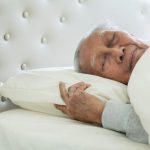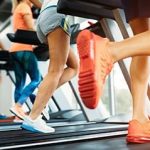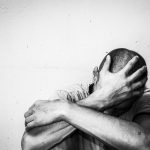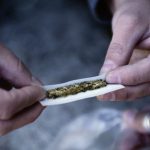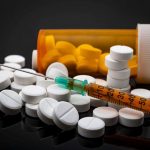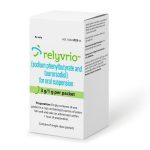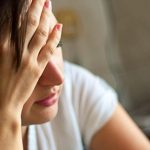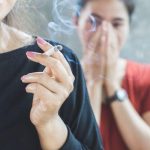
Just a little exposure to secondhand smoke may increase your risk for the heart rhythm disorder atrial fibrillation (A-Fib), a new, large study suggests. People who have A-Fib, the world’s most common heart rhythm disorder, are five times more likely to have a stroke than their healthy peers. While passive smoking has been linked to heart disease and early death, links between secondhand smoke and A-Fib have been unclear, researchers said in a European Society of Cardiology news release. This large study appears to make a direct connection. “The dangers of secondhand smoke were significant regardless of whether individuals were at home, outdoors or at work, indicating that exposure universally elevates the risk of atrial fibrillation,” said study author Dr. Kyung-Yeon Lee, of Seoul National University Hospital in South Korea. The study included more than 400,000 people between the ages of 40 and 69 who were part of the UK Biobank, a large biomedical and research database. Current smokers and those who already had A-Fib were excluded. Participants answered questions about their exposure to other people’s smoke at home and elsewhere in the past year. One in five (86,000) said they had been exposed to secondhand smoke, with an average exposure of 2.2 hours. In all, 6% of participants developed A-Fib over a median followup of 12.5 years. (Median means half were followed longer, half… read on > read on >











